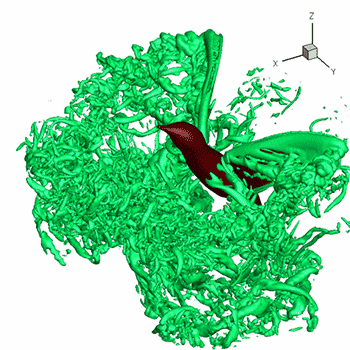Question #76df0
2 Answers
The equation would be
Explanation:
B is the y intercept, the point of the line that touches some part of the y-axis.
M is the slope (rise over run). You find it by plugging two points on the line into the slope equation:
Y is basically the linear function.
So if I have a line with the equation:
I can plug in values for
And as I gave the equations above, when you find the second coordinate (the first being (1, 3)) by plugging in another value for
Perhaps the question refers to the "intercept form" of a line:
where the
To convert this form to slope intercept form
multiply the equation
So, to convert from the "intercept form" of a line
to the "slope intercept form"
the slope


